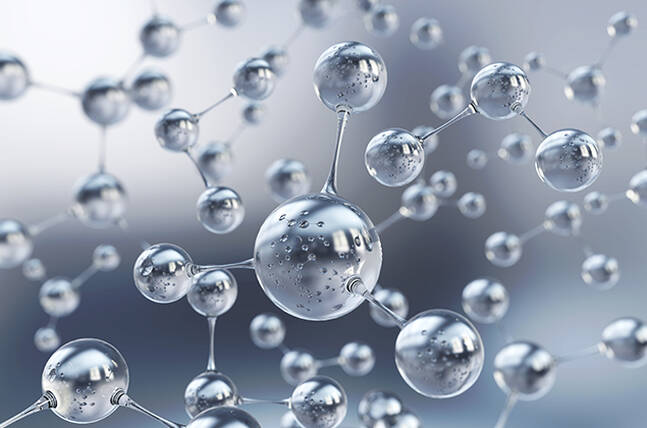Wastewater pump manufacturers make different types of pumps and this means that you have to do your research when choosing the right pump for your application. Wastewater pumps handle laden wastewater, sewage and effluent. Pumping wastewater is hard for pumps so it is not safe or easy for the operators. Wet wipes, stringy materials and other nasty things create a difficult environment for wastewater pumps. Other issues that some pumps should overcome are hot water and the presence of cleaning chemicals. There are a lot of dangers for operators. Working over water, working at heights, working with heavy weights and even with cranes are some of the challenges involved.
Choosing the right wastewater pumps
It is important to consider self-priming pumps because they are mounted at the ground level with only the suction lines coming into the wet well. The lids of the wet well remain closed for routine maintenance events and major overhauls are done with the wet lids sealed. All electrical and mechanical equipment is mounted at the ground level. This makes them safer to operate than operating submersible pump systems.
When it comes to installing self-priming pumps, it is important to choose the right pump because of maintenance cost savings and safety. Some of the most important things to consider include the suction lift, pressure, suction line size, solids in the fluid, suction line submergence, chemical in the fluid, the temperature of the fluid, solids in the fluid, safety features of the pump and the maintenance features of the pump. So, make sure you talk to your wastewater pump suppliers and have them understand your needs so that they can help you choose the right pump for your application.
Self-priming pumps limitations
When you install self-priming pumps, it is important to know that the pumps have a limited suction lift. Some claims by some people that 8.5-meter suction lifts are possible are wrong and misleading. Although some pumps may be able to generate a vacuum above these figures, they can’t physically pump on the lifts because of the NPSH limitations of the pump, the friction losses and the temperature of the liquid.
Applications
Wastewater pumps are installed for various industrial, commercial and municipal effluent applications. Pumping wastewater isn’t an easy task for a pump and working in wastewater treatment environments is not safe and easy for operators. For pumps, the presence of foreign materials such as pieces of hoof, feathers, wet wipes, rags, hair and other materials provide the challenge.
Other things that some wastewater pumps should overcome are hot water and chemicals from cleaning detergents. There are different pumps used for pumping wastewater with the most common types being submersible pumps. There are also several good quality manufacturers and brands but all have the same setup. They are usually suspended by lifting chains and are installed on guide rails for enabling them to engage with the installed discharge bend in the well. When choosing a pump from wastewater pump manufacturers, choosing a self-priming pump will get rid of these risks.


